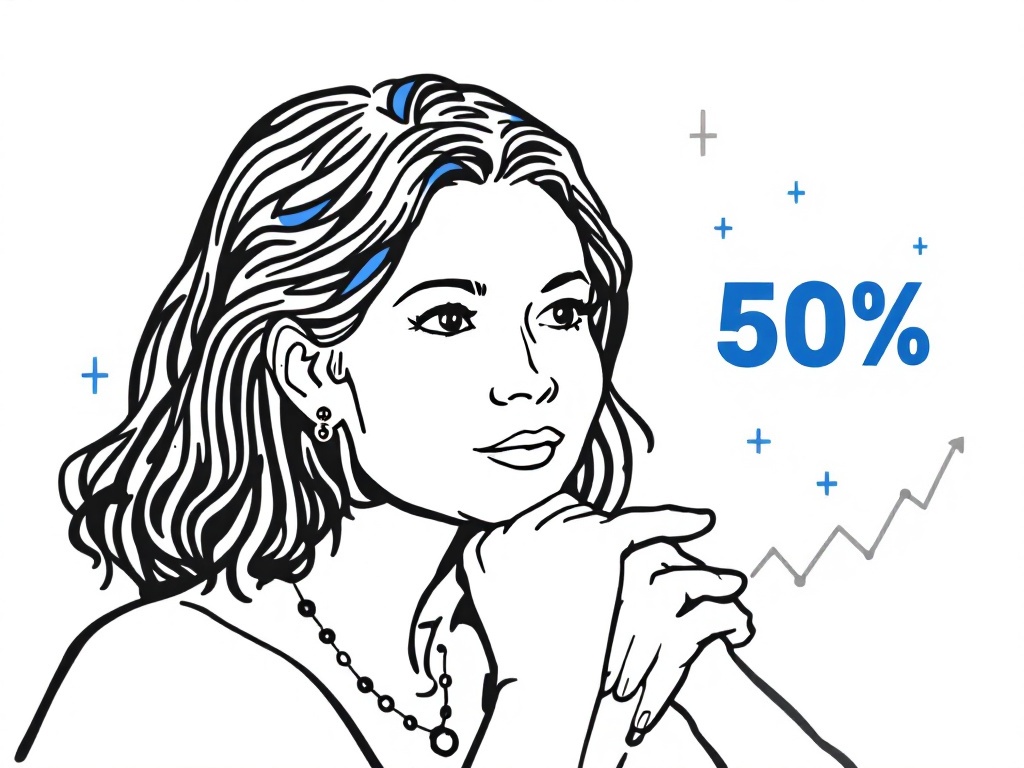Federal Reserve Signals Cautious Stance on Future Rate Cuts Amid Inflation Concerns

Phoenix, Monday, 17 February 2025.
Federal Reserve Governor Michelle Bowman expressed a need for more inflation progress before reducing interest rates, citing risks to price stability amid a strong labor market.
Current Economic Indicators
Recent economic data underscores the Fed’s cautious approach. January 2025’s Consumer Price Index showed inflation rising 0.5% month-over-month, exceeding expectations of 0.3% [1]. The annual inflation rate stands at 3.0%, above the consensus forecast of 2.9% [1]. These figures represent the highest monthly increase in eighteen months [5], suggesting that the battle against inflation remains challenging.
Fed’s Current Policy Stance
The Federal Reserve maintains its target rate between 4.25% and 4.50% [1][7], a level Governor Bowman describes as appropriate for allowing careful observation of evolving economic data [7]. This patient approach comes as core goods price inflation has shown concerning trends since last spring [1]. While the Fed anticipates continued disinflation throughout 2025, Bowman warns the process ‘may take longer than we would hope’ [1].
Policy Implications and Market Expectations
Market expectations for interest rate cuts in 2025 have notably moderated, with CME Group data indicating traders are now pricing in just a single quarter-percentage-point reduction this year [1]. Adding complexity to the monetary policy landscape are uncertainties surrounding the Trump administration’s trade policies [7]. Bowman emphasizes the importance of gaining ‘greater confidence about how the economy will respond in the coming weeks and months’ to these policy changes [7].
Labor Market and Inflation Outlook
The current unemployment rate of 4% sits below the Fed’s full employment estimates, while wage growth continues to expand at rates that may challenge inflation targets [7]. The upcoming Personal Consumption Expenditures (PCE) price index is expected to show a modest improvement, potentially declining from 2.8% to 2.6% for January [7]. However, with significant price increases observed across food (2.5%), energy services (2.5%), and shelter (4.4%) sectors [5], the Fed remains vigilant about upside inflation risks.